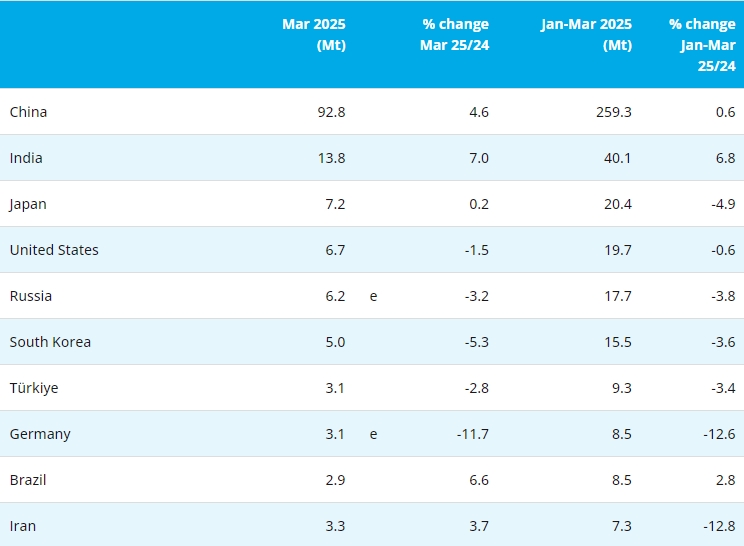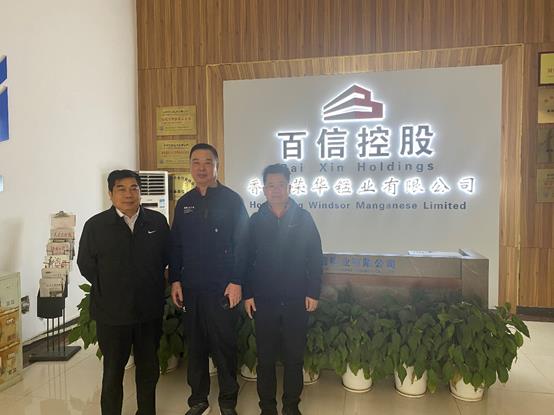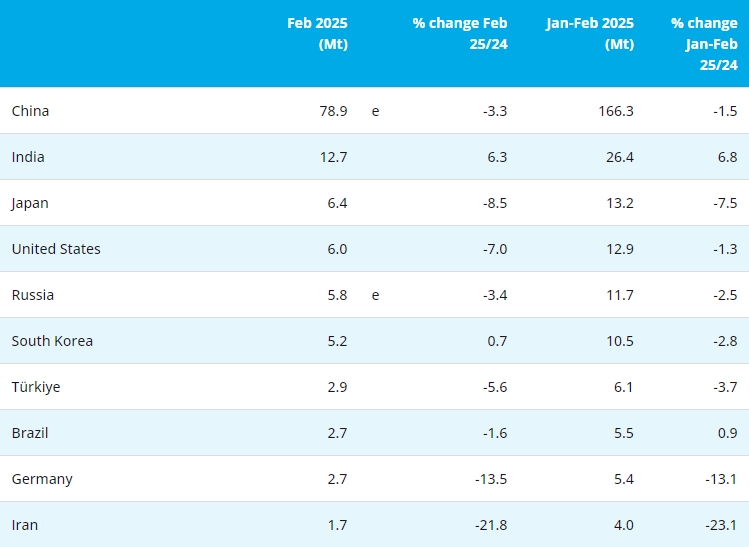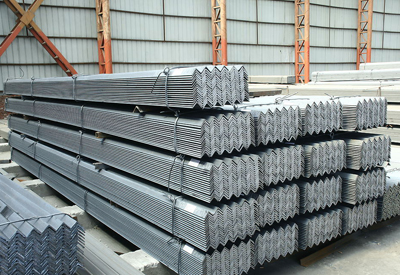[ferro-alloys.com]Steel market participants stated their cases on the merits and drawbacks of the US Section 232 tariffs during panel discussions on Wednesday at the 30th annual Tampa Steel Conference.
"The administration's steel trade policies are working," said Philip Bell, president of the Steel Manufacturers Association. Bell added, "it's something that for decades other administrations had been afraid to do, and I'm glad this administration has had the guts and the fortitude to do it."
Other panel participants made a case that the benefits US mills have received thanks to the tariffs have been outsized relative to other parts of the steel supply chain.
"I would argue that what the tariffs have really done is cause steel prices to spike, generating a profit windfall for a small group of companies," said Richard Chriss, president of the American Institute for International Steel.
Chriss then cited recent record profit increases by Nucor, Steel Dynamics Inc. and AK Steel. "All of these companies were profitable prior to the 232 tariffs," he added.
"I don't think profit is a bad word. Congratulations to the [domestic mills] on their performance and hopefully they continue to reinvest that into the domestic steel industry," said Todd Leebow, CEO of Majestic Steel.
Leebow added that a positive effect from the 232 tariffs is more consistent domestic shipment volumes. "We're able to plan better for growth and investment because there's been more consistent volumes," he said.
Jean Carroll Kemp, vice president of the Steel Manufacturers Association, or SMA, also mentioned the importance of steel producers having an environment where new investment is possible.
"The US industry had a stagnant growth situation where we had no more than 75% capability utilization through [the years following the 2008 financial crisis], and that is not sustainable," she said. She added that if there exists a situation where producers cannot invest or cannot do research and development, you risk losing that industry.
Still, other speakers argued that smaller downstream consumers were disproportionally affected by the tariffs.
"Small steel consumers are the ones most affected by the 232 tariffs," said Paul Nathanson, partner at Bracewell LLP and representing the Coalition of American Metal Manufacturers and Users (CAMU). "In the end, [small consumers] all lose to this massive tax increase; because let's remember, it's not foreign suppliers, it's US consumers who pay these tariffs."
Chris Casey, executive director of the Independent Steel Alliance, agreed with Nathanson's view of the tariff-tax comparison.
"For the consumers of steel, these tariffs represent a tax, they do represent a direct cost," he said.
Still, the SMA's Bell said the current environment enabling new investment by US mills is necessary for ensuring the strength of the US steel market as a whole.
"This is serious stuff," he said. "[US mills are] not just sitting here profiteering off of this. The industry is doing what it needs to do to build a strong domestic steel industry in the US. Steel-consuming industries can more easily buy steel from domestic steel producers who create jobs, pay taxes, can provide them with just-in-time inventory, and have a cleaner carbon footprint."
(S&P Global Platts)
- [Editor:王可]



 Save
Save Print
Print Daily News
Daily News Research
Research Magazine
Magazine Company Database
Company Database Customized Database
Customized Database Conferences
Conferences Advertisement
Advertisement Trade
Trade










 Online inquiry
Online inquiry Contact
Contact

Tell Us What You Think